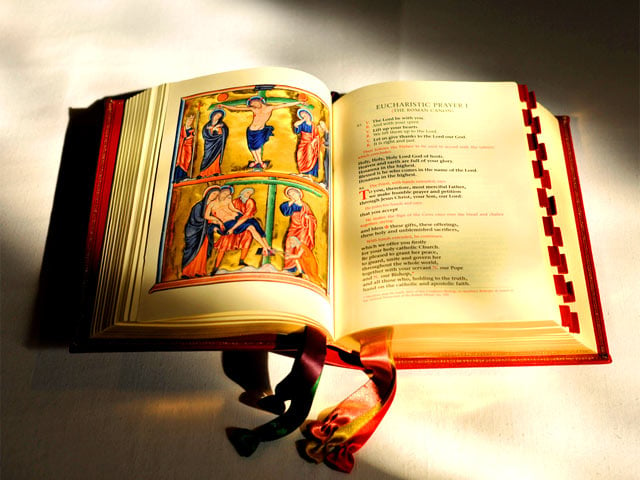- Home
- 우리들의 공동체
- 우리들의 신앙
- 성무 활동
-
본당 생활
- 행사일정
- St. Aidan's Video Links
- 본당 블로그
- 뉴스 기록 보관
- Mass Etiquette and Information
- Ad Orientem News and Facts
- Catholic Links
- Prayers and Announcements
- Luis Dizon Reflections - Archive
- 게시판
- 연락처
- Search

Signs and Wonders (2nd Sunday of Easter)
Click here for this Sunday’s Readings
During the early days of the Church, the Apostles spent much of their time preaching at Solomon’s Portico, located at the outer court of the Temple. This is where many early miracles took place, such as the healing of the lame beggar, which became the occasion for one of St. Peter’s early sermons (Acts 3). They continued this even when the authorities began persecuting them, and it is said that “every day, in the temple and from house to house, they did not cease teaching and preaching that Jesus is the Messiah.”
In our reading, we see many miraculous healings and exorcisms done by the Apostles. fulfills Jesus’ words that “whoever believes in me will also do the works that I do; and greater works than these will he do” (John 14:12). These miracles show that Jesus has granted His authority to the Apostles by His Spirit. It is also a sign that the Kingdom of God was in their midst (cf. Luke 11:20), and that God continues to actively work in our world.
The narrative focuses specifically on the healings wrought by St. Peter. He is also the one who speaks on behalf of the apostolic band, and performs most of the miracles in the first half of Acts, showing his centrality to the narrative and the special authority he had among the Apostles.
The end result of this was that new believers “were added to the Lord, multitudes of both men and women” (v. 14). This shows how God’s power is effective not only for healing, but also converting the soul, and were vital to the growth of the Church.
All of these healings, while they demonstrate God’s power, are merely foretastes of the Resurrection, when God will fully restore us all bodily. In the meantime, we continue to struggle with sickness and brokenness, rejoicing whenever someone is made whole (whether through natural or supernatural means), and looking forward when all these things will be done away with forever.
J. Luis Dizon
